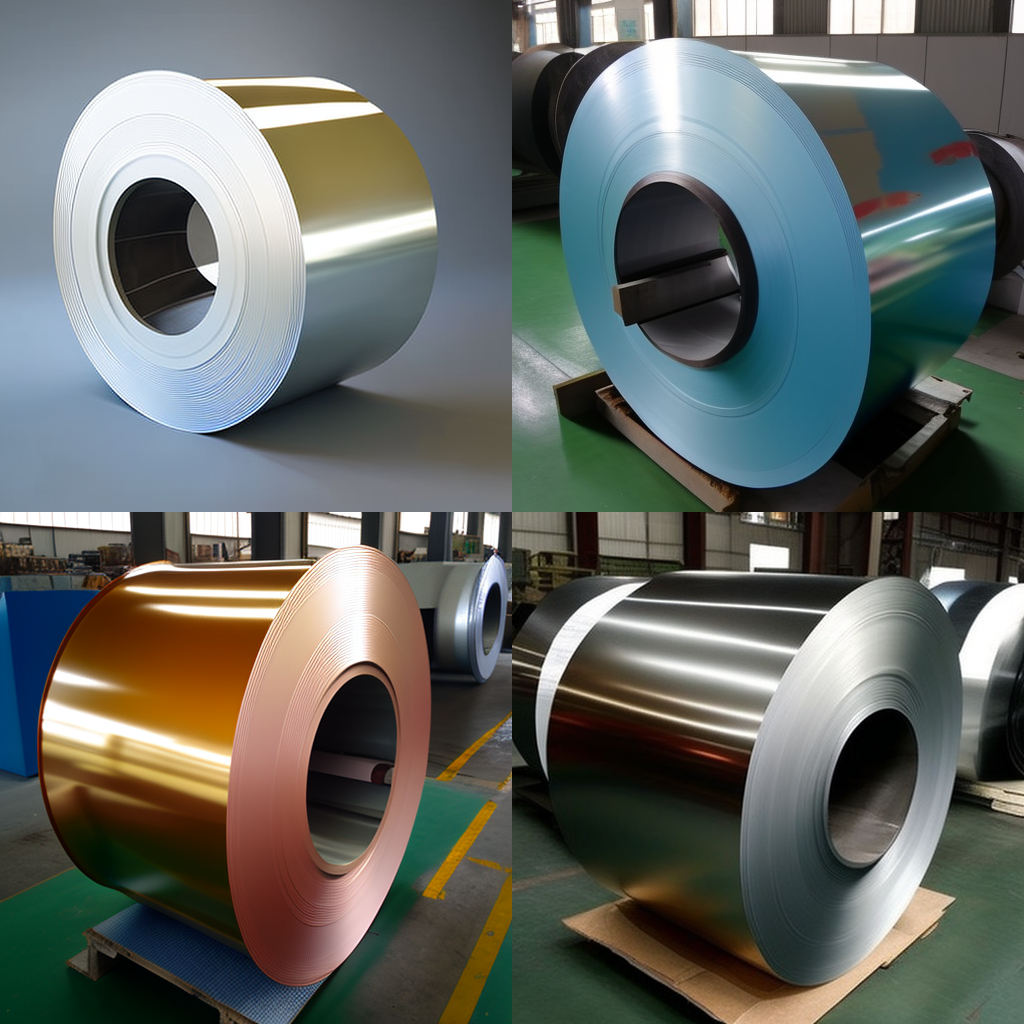On April 20, this newspaper learned from the China Petroleum and Petrochemical Association that a set of new regulations aimed at revitalizing the petrochemical industry is expected to be officially released soon. These rules are seen as a crucial step in addressing long-standing structural issues within the sector and promoting sustainable growth.
According to insiders, the detailed measures include ten key initiatives, such as encouraging the purchase and storage of refined oil, reforming consumption taxes, combating dumping and smuggling, and supporting overseas expansion. However, some previously discussed elements, like special revenue payment thresholds, have been omitted from the final version. The regulations focus more on general guidance rather than specific details, leaving many questions unanswered about which products will receive policy support.
“Compared to earlier drafts, the final version has removed some numerical targets,†one insider said, adding that while the rules offer a more comprehensive framework than the initial six policies announced in February, they still lack concrete implementation plans and further supporting measures.
The core objective of these regulations is to transform the industry from “big†to “strong.†With the petrochemical sector accounting for roughly 5% of China’s GDP and spanning 12 sub-sectors—from inorganic chemicals to synthetic fibers—its size is undeniable. Yet, structural challenges persist, particularly in the imbalance between high-end product supply and overcapacity in low-end goods.
Feng Shiliang, secretary-general of the China Petroleum and Petrochemical Association, pointed out that the industry faces a critical issue: while basic products like refined oil are in balance, the self-sufficiency rate for ethylene-based products remains around 50%, failing to meet industrial demands. Meanwhile, overproduction is rampant in sectors like calcium carbide, coke, caustic soda, and methanol, with some products exceeding capacity by up to 50%.
To address this, the regulations encourage investment in high-end products. Wang Xiaofeng, deputy director of the Industrial Development Department of the association, revealed that a list of supported projects is being compiled, with the National Development and Reform Commission using it as a reference when approving new ventures. Projects on the list are more likely to gain approval than those not included.
Additionally, the rules promote mergers and acquisitions among major state-owned enterprises, aiming to optimize resources, enhance competitiveness, and improve industry standards. They also emphasize the need to phase out outdated production capacities, ensuring that only efficient and advanced technologies remain in the market.
Beyond domestic reforms, the regulations also support overseas expansion through measures like special funds for foreign mineral exploration and direct financial injections into international projects. This reflects a broader strategy to help Chinese petrochemical companies go global.
In terms of pricing mechanisms, recent reforms have already begun. For example, the price and tax system for refined oil was adjusted in January, allowing retail prices to fluctuate based on market conditions. Fertilizer prices were fully liberalized on January 25. However, experts believe further improvements are needed, especially regarding the collection and distribution of fuel taxes, which currently pose challenges in aligning central and local government interests.
The rules also include provisions for increasing refined oil reserves, with targets of 3 million tons in 2009, 6 million in 2010, and 10 million by the end of the "Eleventh Five-Year Plan." To achieve this, the government plans to construct dedicated reserve bases and may temporarily use existing facilities from major oil companies or private enterprises.
Small and medium enterprises (SMEs) are also expected to benefit from the revitalization plan. While most of the 40 major projects announced are led by state-owned giants like PetroChina and Sinopec, smaller firms can access preferential credit policies, including a 6% discount on loans for approved projects.
Overall, the detailed rules cover a wide range of areas, from improving pricing mechanisms and increasing reserves to supporting technological upgrades and fair taxation. According to sources, each department has already assigned responsibilities, and some measures are already in the implementation stage. This marks a significant step forward in reshaping the future of China's petrochemical industry.
Color Coated Stainless Steel
Stainless steel color coating is a process that involves coating stainless steel with a colored finish. This finish can be achieved through a variety of methods, including painting, powder coating, and PVD (Physical Vapor Deposition) coating. Stainless steel color coating offers a range of benefits and can be used in a variety of applications.
Application Fields:
Stainless steel color coating is widely used in the architectural field for building facades, interior design elements, and signage. It can also be used in the automotive industry for trim and decorative elements, as well as in the electronics industry for casings and components.
Advantages:
1. Aesthetic appeal: Stainless steel color coating can provide a range of color options, allowing designers and architects to create unique and visually appealing designs. It can also be customized to match specific color schemes.
2. Durability: Stainless steel is already known for its durability, and color coating can add an extra layer of protection against corrosion, scratches, and other forms of damage.
3. Low maintenance: Stainless steel color coating is easy to clean and maintain, requiring only mild soap and water to keep it looking its best.
4. Environmental benefits: Stainless steel is a sustainable material, and color coating can further increase its longevity and reduce the need for replacement.
Case Study:
One example of the use of stainless steel color coating is in the renovation of the iconic Empire State Building in New York City. The building's exterior was updated with a new stainless steel façade, which was color coated in a custom silver finish. The color coating not only provided a unique aesthetic, but also helped to protect the steel from corrosion and other forms of damage. Additionally, the new façade helped to improve the building's energy efficiency, reducing its carbon footprint.

Prepainted Stainless Steel,Painted Stainless Steel,Camouflage Corrugated Steel Sheet,Camouflage Pre Painted Steel Coils
Wuxi Shengshu Metal Co., Ltd. , https://www.wuxissmetal.com
